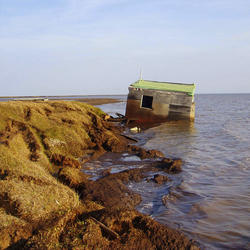A Record of Change: Science and Elder Observations on the Navajo N.
A Record of Change: Science and Elder Observations on the Navajo N.A Record of Change—Science and Elder Observations on the Navajo Nation is a 25-minute documentary about collaborative studies using conventional physical sciences, combined with tribal elder observations to show that local knowledge and conventional science partnerships can effectively document ecosystem change and determine the resulting challenges to livelihoods.&



















